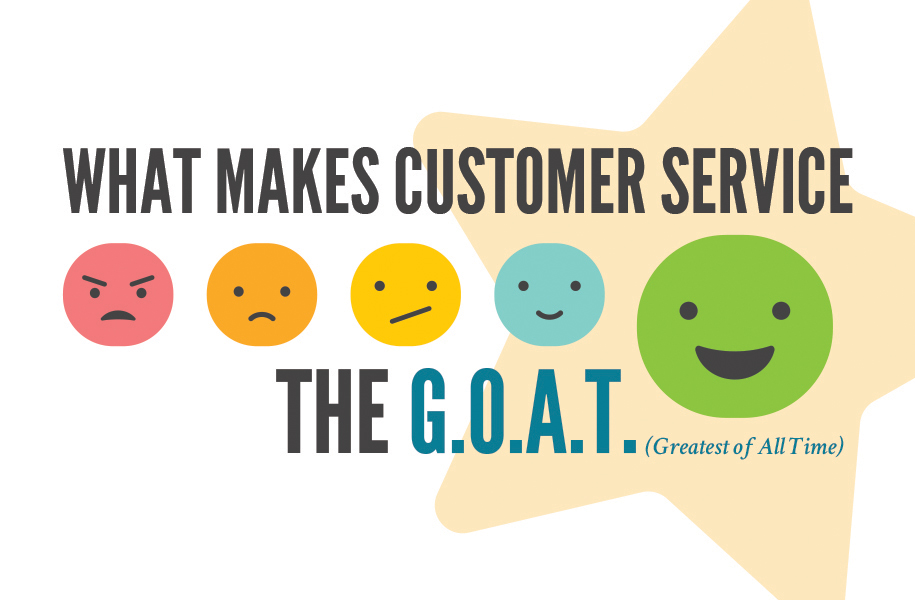Last fall, out of the blue, our landscaping company sent me an email telling me they were cancelling my service because I hadn’t responded to a prior email with approval for the new winter schedule. I say out of the blue because (a) I had responded to the email, (b) I had set up automated payments for said schedule, and (c) most importantly, this was the first I was hearing there was an issue. I would have expected if they hadn’t received my payment or hadn’t gotten a response from me, they would have called me to check in rather than actively (and incorrectly) making assumptions and throwing my business away.
Bad (awful!) customer service.
So, What is Good Customer Service?
I used to have a client who would introduce me as “The Nordstrom of Designers” with amazing customer service. But what does that even mean? I’ve found over the years that it depends—good customer service is whatever your customers think it is. But, in general, a few things hold true.
Good customer service is:
· Timely. Most people don’t expect an immediate response when they contact you, but they don’t expect to wait days for a response (caveat: unless you set that expectation up front via a voicemail greeting or automated email message). I can’t tell you how many times I’ve responded to an email from someone new, even if it’s several hours after they reached out to me, and am greeted with surprise and gratitude that I responded so fast.
· Clear. When I hire someone to do a job for me, I want to know the details: what it will cost, when I can expect things to happen, how often they’ll update me, and how I can reach them. If they have specific methods or schedules for communication, I want to know—even if it’s not as quick or responsive as I would like, at least if I know what to expect and can rely on it, I can decide if it works for me.
· Convenient and Accessible. Good customer service is easy to find and use in a variety of formats. For example, a while back, I had an issue with my website domain and needed to get information from the registration company. When I went to their website, I discovered there was no way to get in touch with tech support, other than to fill out a form and wait 48 hours for a response. No phone number, no online chat, nothing. As soon as I found my answer, I pulled my business and moved to another company that was easier to get a hold of, with a phone number and chat line clearly listed and available.
· Personalized. Everyone wants to feel appreciated. Good customer service makes people feel valued, and like their business matters, even for the smallest projects. It’s friendly and helpful and fosters connection, even when things go wrong.
· Proactive. Resolving potential problems at the first sign of trouble is an excellent way to give good service. Or, if new products or systems become available that would benefit a client, let them know about it. Being proactive reinforces that you’re thinking about the particular needs of the people you work with and paying attention.
What is an example of good customer service you’ve experienced?
Tell Your Customers What Kind of Service They Can Expect
Give your existing and potential customers a great experience from the start. Let them know what to expect, where and when to reach you, and that you care. If you want to talk about how you can do this within your branding, then let’s chat about it. You—and your customers—deserve it.
